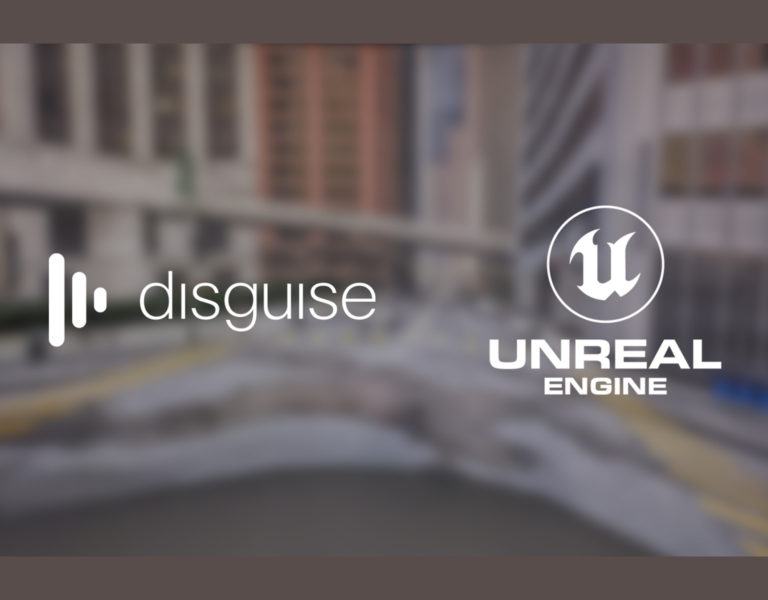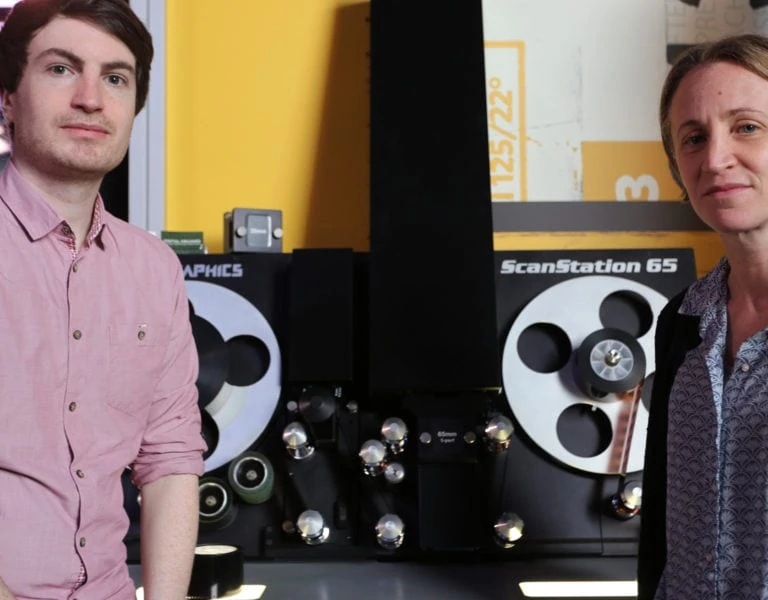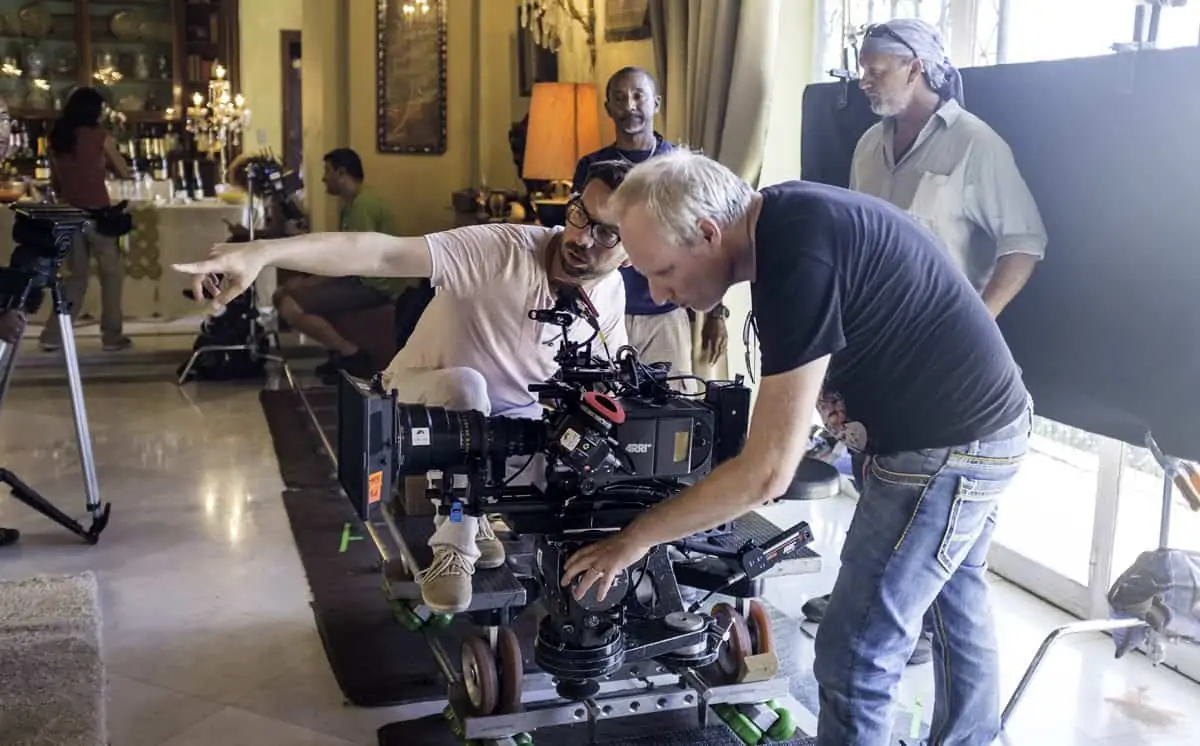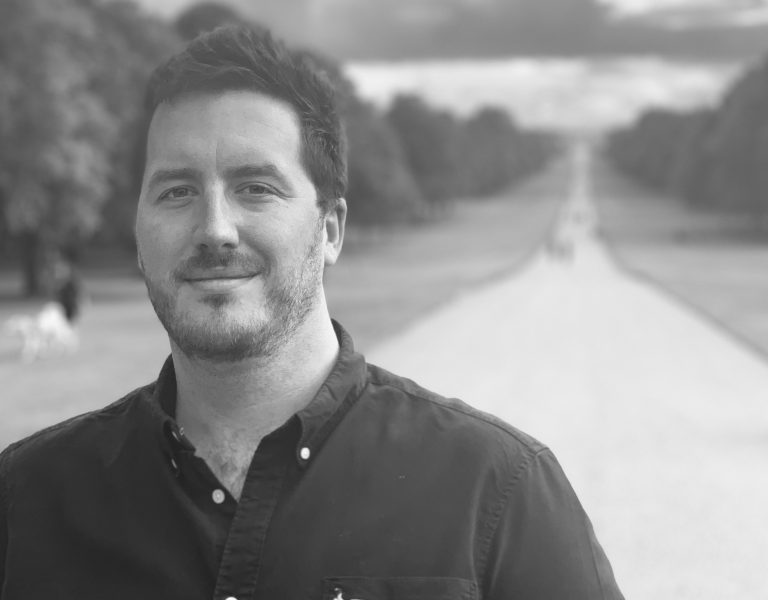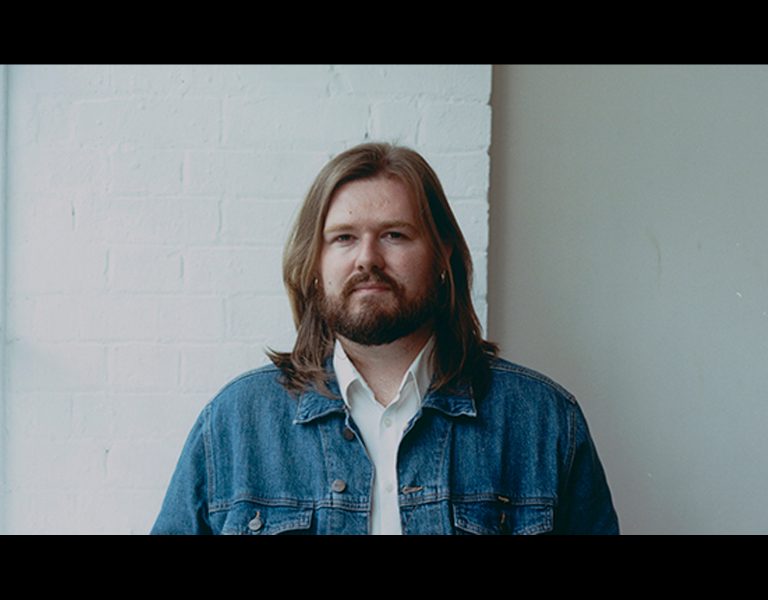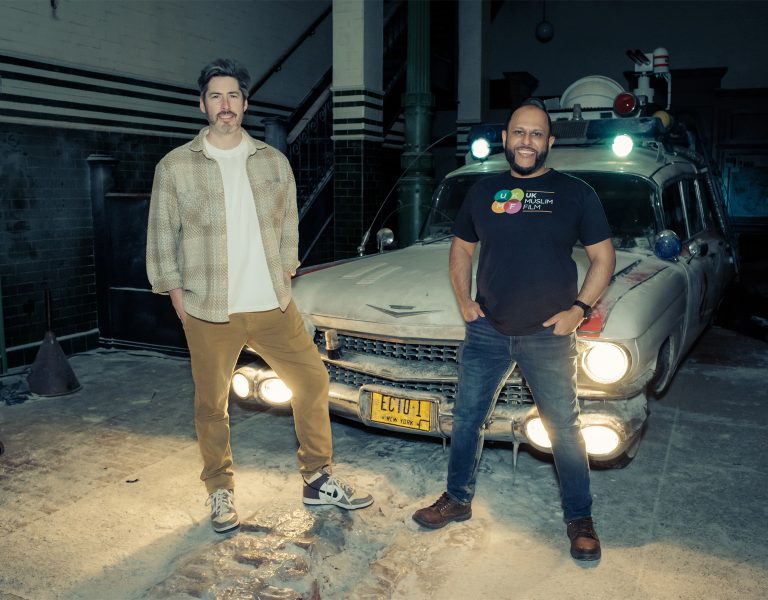
The assassination of prime minister Rafic Hariri remains one of the most significant chapters in Lebanon’s political history. A new documentary delving into the investigation surrounding his death extensively utilises VFX to create a noirish film.
The Middle East, known for its fluctuations, has produced many influential leaders, yet Lebanon often remains overshadowed by its neighbours. Its diverse demographics and unique political landscape offer a compelling but often overlooked narrative. Despite its small size, the country boasts a rich history marked by figures like Rafic Hariri, the former prime minister. He takes centre stage in the new documentary The Conspiracy: Assassination in Beirut, delving into the investigation surrounding his 2005 assassination and the 15-year pursuit of justice. The film focuses on the twisted investigation aimed at tracking down and prosecuting Hariri’s killers.
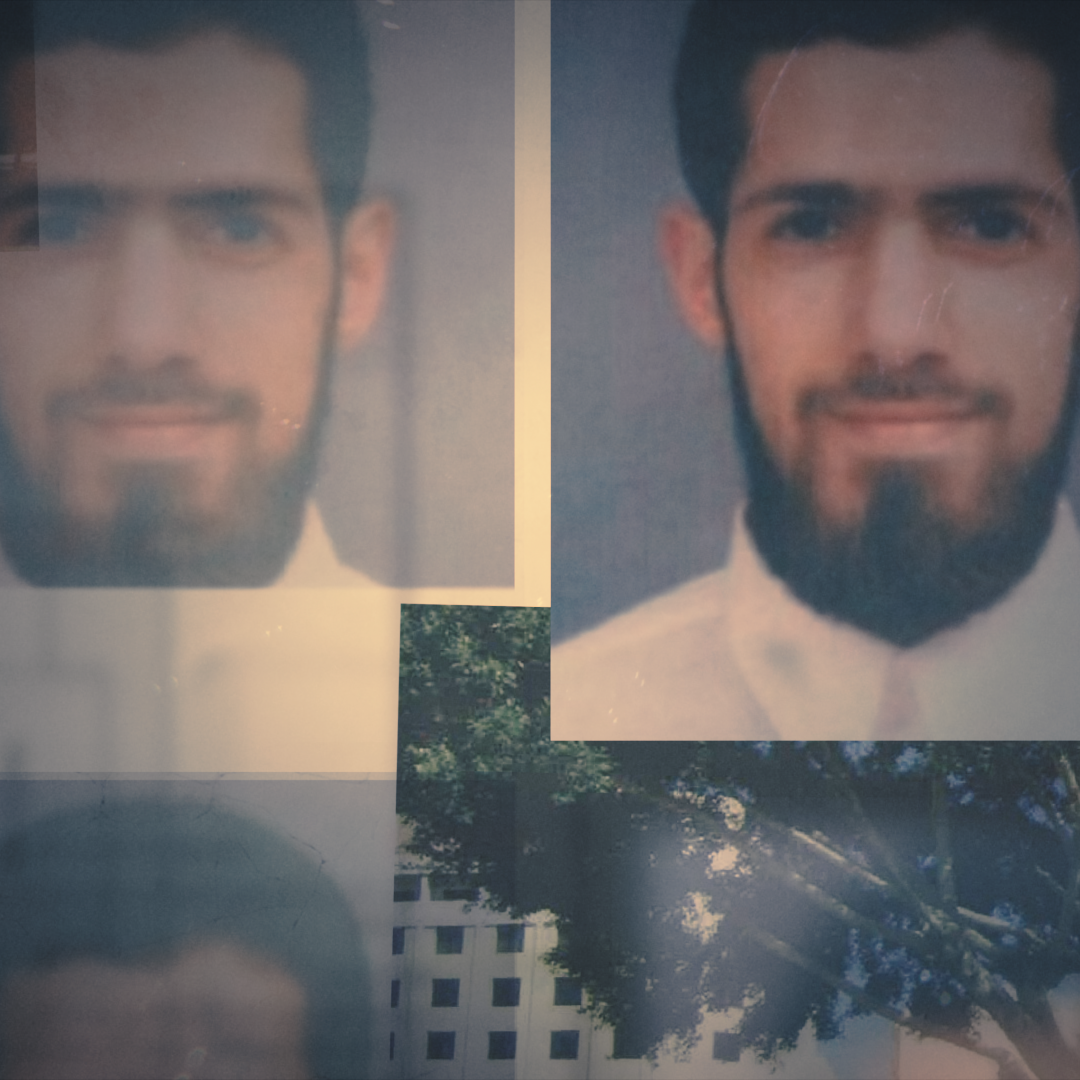
Hariri was a prominent and influential figure in Lebanese politics, widely known for his business acumen and playing a significant role in the reconstruction and development of Lebanon after the country’s civil war. He was also known for his philanthropic activities and was seen as a symbol of hope and progress for many Lebanese people.
However, it’s important to note that opinions about Hariri were not universally positive. Like many political figures, he had both supporters and critics. Some admired his efforts to modernise Lebanon’s infrastructure and economy, while others criticised him for alleged corruption and his close ties to foreign powers.
Hariri’s popularity fluctuated over time and varied among different segments of Lebanese society. Ultimately, his assassination in 2005 had a profound impact on Lebanese politics and society, further shaping perceptions of his legacy.
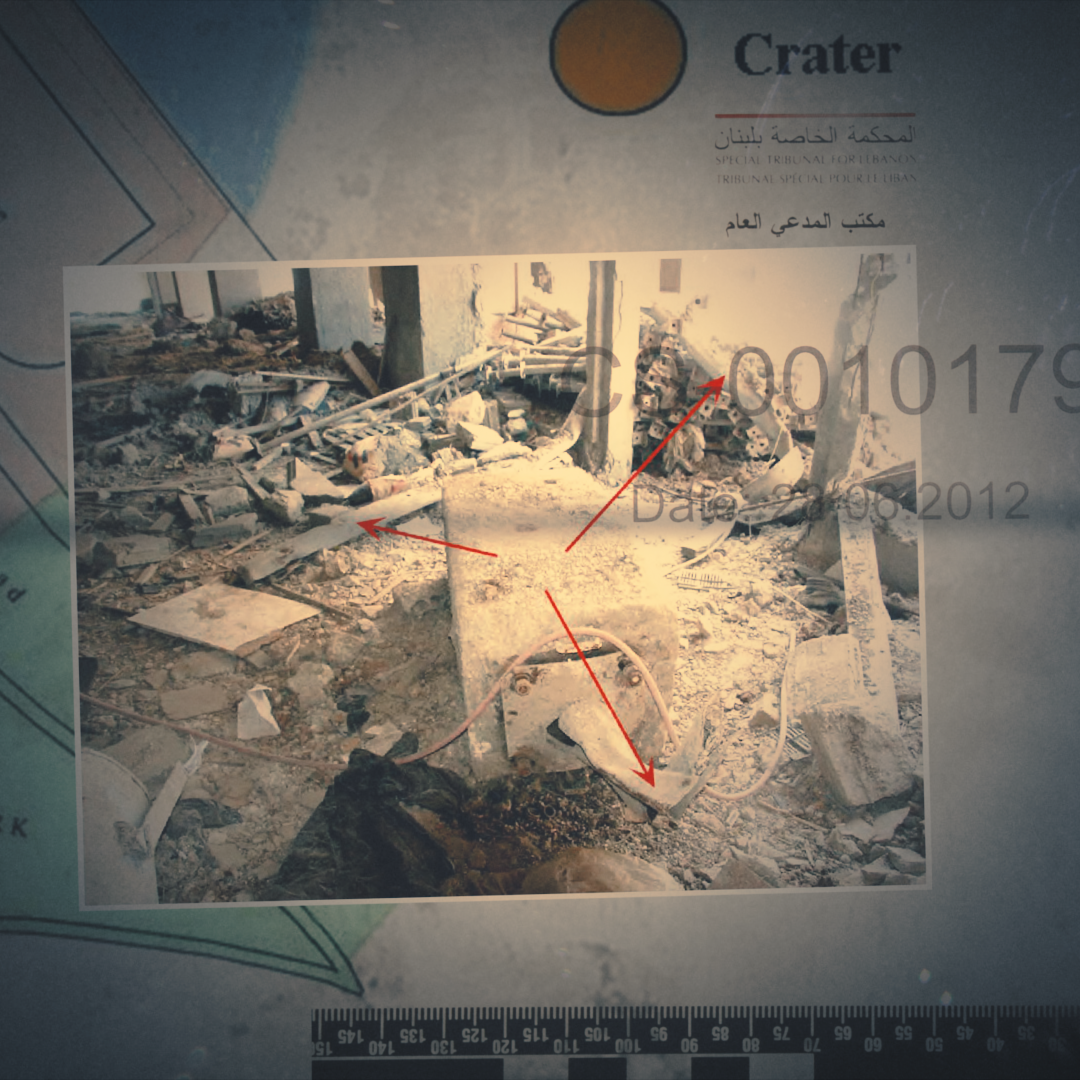
Lebanese journalist and independent filmmaker Iyad Dirany, says the assassination of Rafic Hariri represented a destructive turning point in Lebanon, because he was one of the most influential politicians in Lebanon’s modern history and a symbol of hope for the Lebanese people after the civil war. “He played a pivotal role in the country’s post-war reconstruction, and his assassination was akin to a national nightmare,” he adds. “The assassination of Hariri and the subsequent trial proceedings continue to stir controversy in Lebanon and worldwide. Given the far-reaching repercussions of his murder and the complexity of the investigations, producing a film about these events is essential. Such a film would provide an opportunity to uncover facts and delve into the intricate methods employed during the investigations and the disagreements that ensued.”
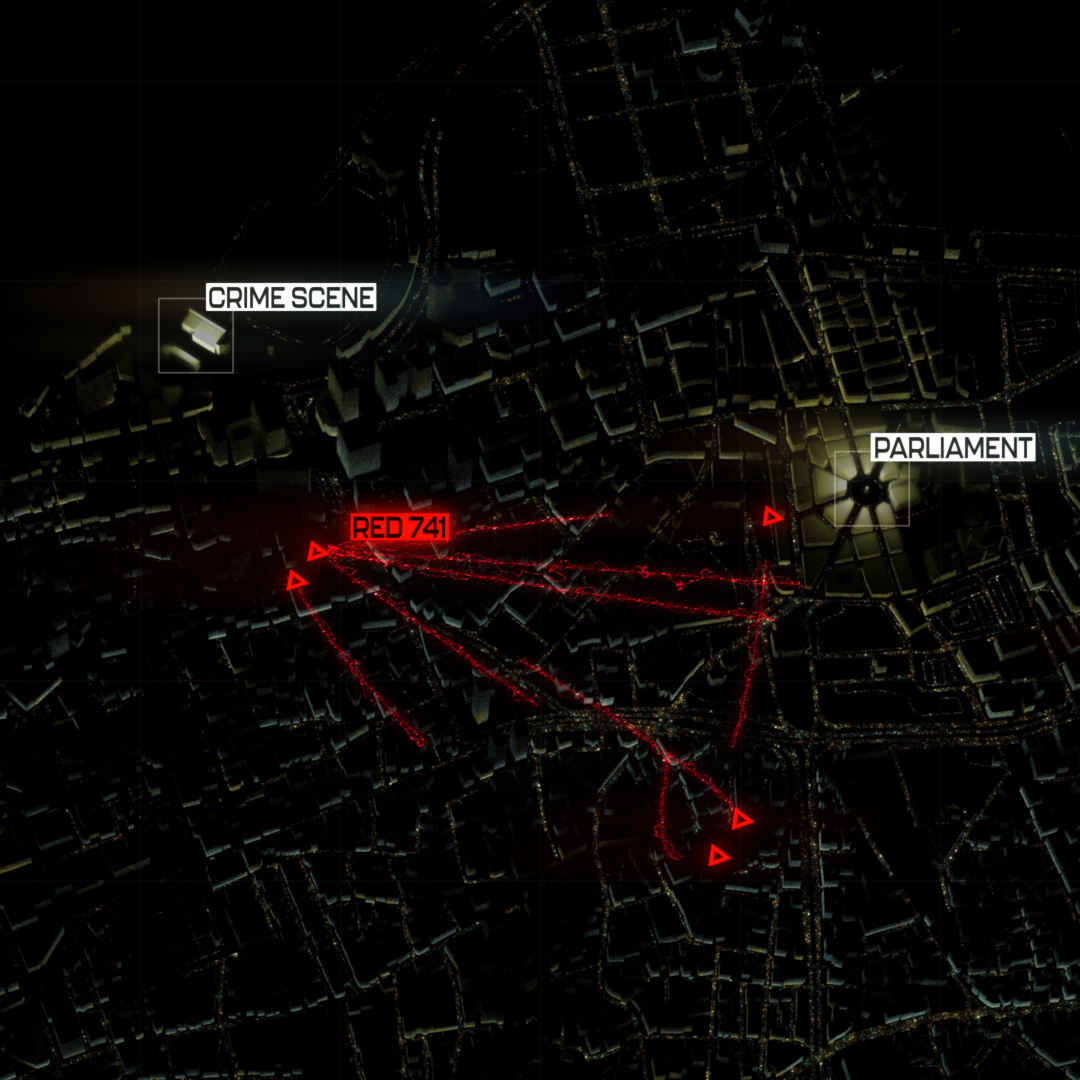
Joe Hockney, creative lead at Lux Aeterna (8 Days – To the Moon and Back, Our Universe) plus a small team of motion graphics and VFX artists worked together to develop a distinctive, noirish look appropriate to the conspiracy thriller feel of Clifton’s film.
Mobile phone data plays an integral role in the film and in the creation of maps visualising detective work on mobile phone evidence. Hockney employed technological solutions and had to balance creating suspense and tension while maintaining accuracy in the representation of locations.
“The map was the most interesting part of the design challenge, it is the part of the film where we as an audience come the closest to the assassins and really understand what happened,” he says. “From the beginning, Dan was keen that we should avoid becoming too forensic. He wanted us to emphasise that tension and give these information dense moments a film-noir aesthetic. Light, used in the figurative sense to reveal, became our key visual motif and in taking this route we strayed away from the conventions of TV maps, obscuring detail and deliberately leaving the audience (mostly) in the dark.”
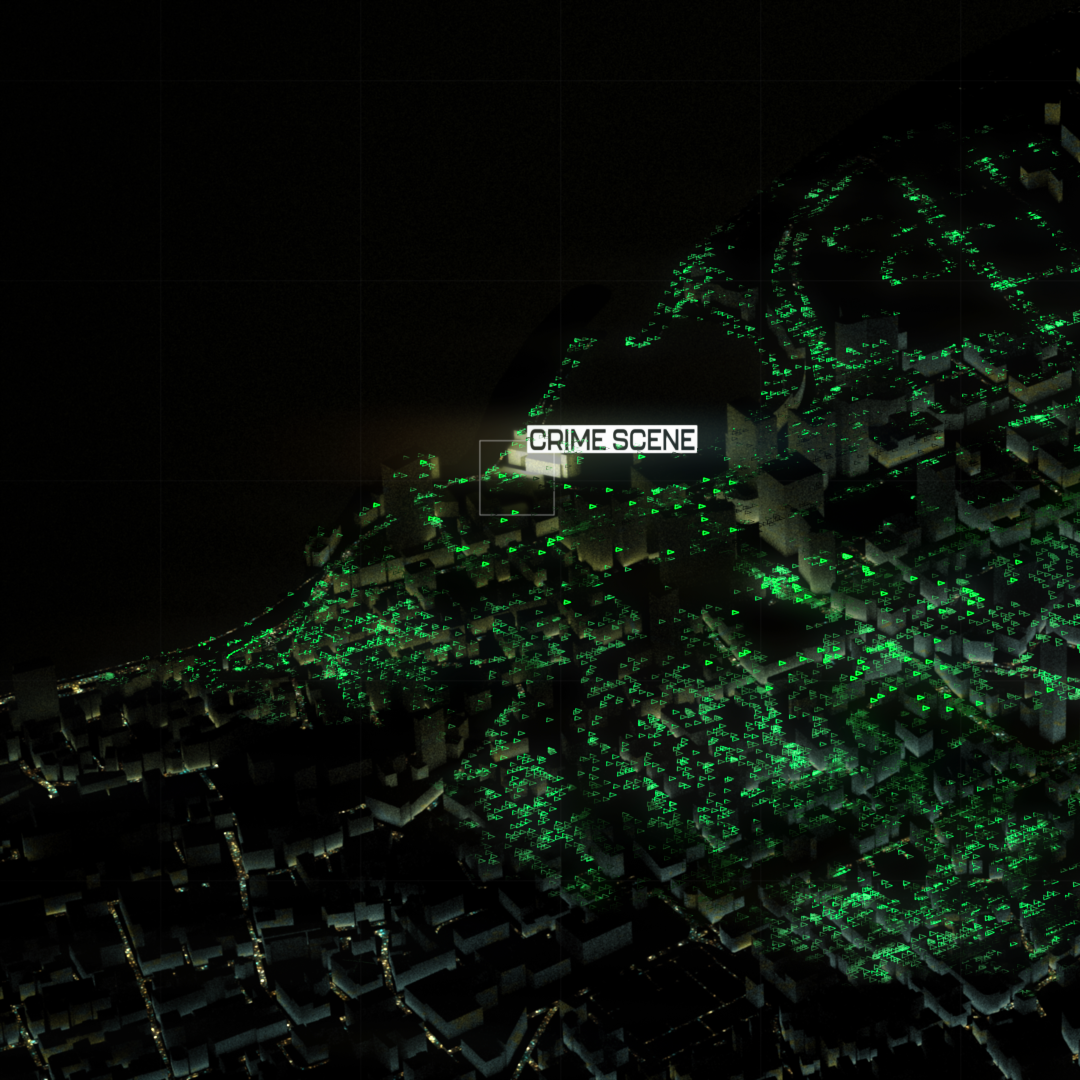
What’s more, Hockney utilised the low-resolution nature of the source material to enhance the overall noir aesthetic.
“The production team provided us with a wealth of court documents and images taken at the time of the events,” he continues. “The authenticity of these assets really encouraged us to find a way to include them despite their low-resolution nature. By embracing the aesthetic of the photocopied documents and rescanned images we coached the presentation firmly within the same visual language as the original material.”
A mix of graphic design, 2D animation, 3D lights and VFX were used to combine everything together for the evidence shots. To link these individual parts, Hockney opted for a motion graphics pipeline which used Adobe Photoshop as well as Adobe After Effects to add in the motion.
The look became highly stylised, a process of taking the original photos and presenting them like evidence on a table. Hockney kept the photos smaller in the overall frame, as this helped to address the lack of resolution.
“We used a number of programmes, technologies and techniques to bring the graphics to life. Straightforward scenes used photoshop to create the layout of the evidence we would reveal,” Hockney continues. “More complex scenes were created in Cinema 4D as we explored the city and discovered the network of assassins moving throughout it.”
The Conspiracy: Assassination in Beirut premiered at the FIPADOC International Documentary in January. It will first be distributed to MBC in the Middle East, ahead of global distribution.
Words: Robert Shepherd


